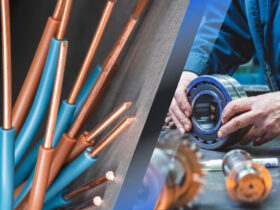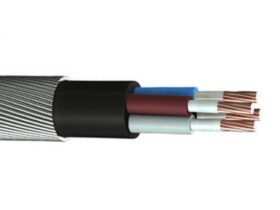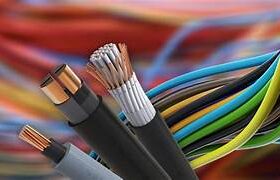Introduction:
In the world of electrical engineering and power transmission, high voltage power cables play a vital role in ensuring the safe and efficient transfer of electricity over long distances. These cables are designed to withstand high electrical stress and provide reliable power transmission. In this blog, we will delve into the world of high voltage power cables, exploring their characteristics, construction, and various applications. We will also highlight the contributions of Relemac Cables, a leading manufacturer in the industry. To gain a comprehensive understanding, let’s dive right in.
- What are High Voltage Power Cables?
High voltage power cables are specially designed cables that facilitate the transmission of electrical energy at voltages above 1,000 volts (1 kV) and higher. These cables are engineered to handle the elevated voltage levels while ensuring minimal power losses, safe operation, and long-term reliability. High voltage power cables are used in a wide range of applications, including power transmission, distribution, and underground installations.
- Construction of High Voltage Power Cables:
a) Conductor: The conductor is the heart of any power cable. It is typically made of high-quality copper or aluminum, known for their excellent electrical conductivity. Copper is preferred for its superior conductivity, whereas aluminum is a more economical alternative. The conductor’s cross-sectional area is determined based on the current-carrying capacity and voltage drop requirements.
b) Insulation: Insulation plays a crucial role in high voltage cables by providing electrical isolation and preventing current leakage. Common insulation materials include XLPE (cross-linked polyethylene), EPR (ethylene propylene rubber), and oil-impregnated paper. XLPE insulation is widely used due to its excellent electrical properties, thermal stability, and resistance to moisture and environmental factors.
c) Shielding: To minimize electric field stresses and ensure safety, high voltage power cables are equipped with shielding layers. Metallic shielding, typically made of copper or aluminum, is placed between the insulation and the outer sheath to provide a uniform electric field distribution and protect against external interference.
d) Outer Sheath: The outer sheath, also known as the jacket, provides mechanical protection and insulation to the cable. It is made of robust materials such as PVC (polyvinyl chloride), HDPE (high-density polyethylene), or LSZH (low smoke zero halogen). The choice of sheath material depends on factors such as environmental conditions, fire resistance, and safety requirements.
- Types of High Voltage Power Cables:
a) Underground Power Cables: Underground power cables are used for transmitting electricity beneath the surface, either directly buried or installed in underground ducts. These cables are essential for power distribution networks in urban areas, where overhead lines may not be feasible due to space constraints or aesthetic considerations. Underground power cables are often employed in residential areas, commercial complexes, and city infrastructure projects.
b) Submarine Power Cables: Submarine power cables are designed to transmit electrical power underwater, typically over long distances. They are extensively used to interconnect islands, offshore wind farms, and for international power transmission projects. Submarine cables require specialized construction to withstand the harsh marine environment, including protection against water ingress and mechanical stresses.
c) Overhead Power Lines: Although not technically “cables,” overhead power lines are an integral part of high voltage power transmission systems. They consist of conductors suspended on pylons or towers, enabling the efficient transfer of electricity over long distances. Overhead lines are widely used for interconnecting power plants, grid networks, and for high voltage transmission in rural areas.
- Relemac Cables: Delivering Excellence in High Voltage Power Cables
When it comes to high-quality high voltage power cables, Relemac Cables stands out as a leading manufacturer. With a strong reputation for reliability and performance, Relemac offers a wide range of power cables to cater to diverse requirements. Their commitment to innovation, stringent quality control, and adherence to international standards has made them a preferred choice for numerous industries and projects worldwide.
Relemac Cables invests in cutting-edge manufacturing technologies to produce high voltage power cables that deliver optimal electrical performance, durability, and safety. Their cables undergo rigorous testing procedures, ensuring compliance with industry standards and providing customers with peace of mind.
Conclusion:
High voltage power cables are the backbone of modern power transmission systems, enabling the efficient and reliable delivery of electricity across vast distances. Understanding their construction, characteristics, and applications is crucial for electrical engineers, project managers, and industry professionals.
In this blog, we explored the fundamentals of high voltage power cables, including their construction elements, types, and various applications. We also highlighted the contributions of Relemac Cables, a trusted manufacturer in the industry. By choosing high-quality power cables and partnering with reputable manufacturers like Relemac Cables, we can ensure the seamless and secure transmission of electrical power, contributing to a more reliable and sustainable energy infrastructure.












Leave a Reply